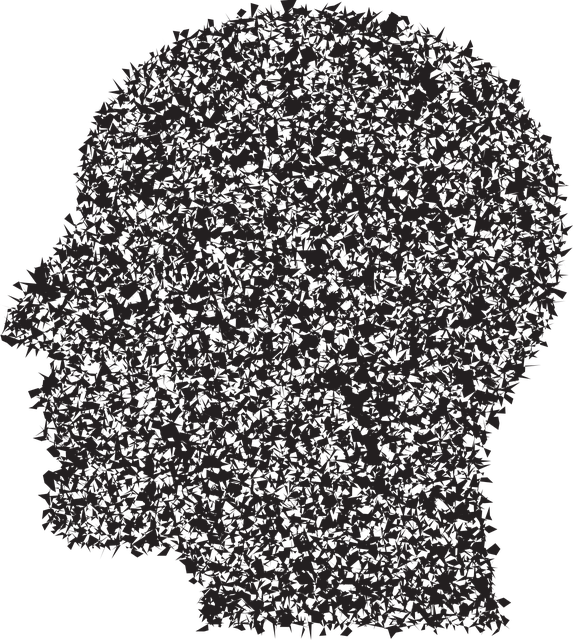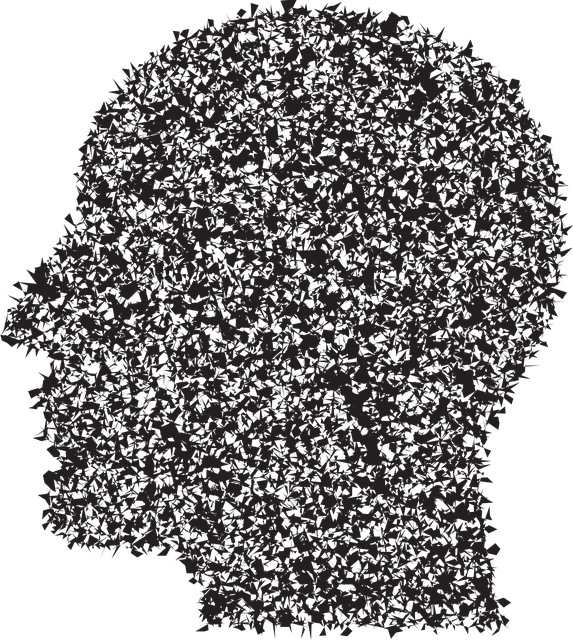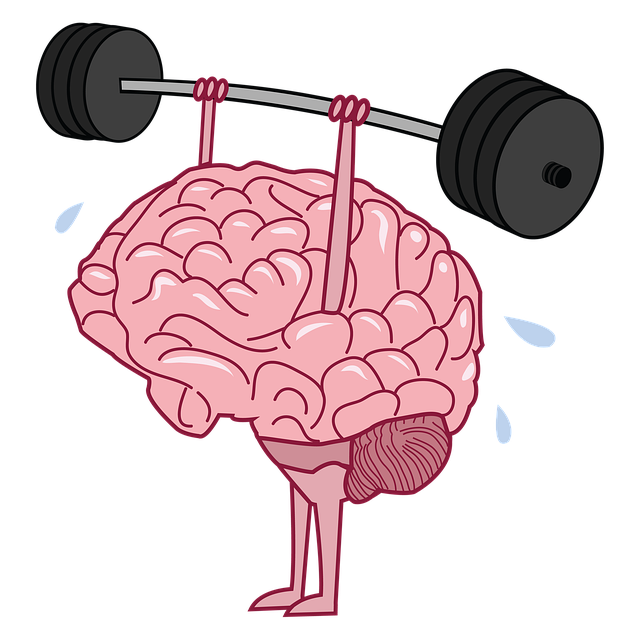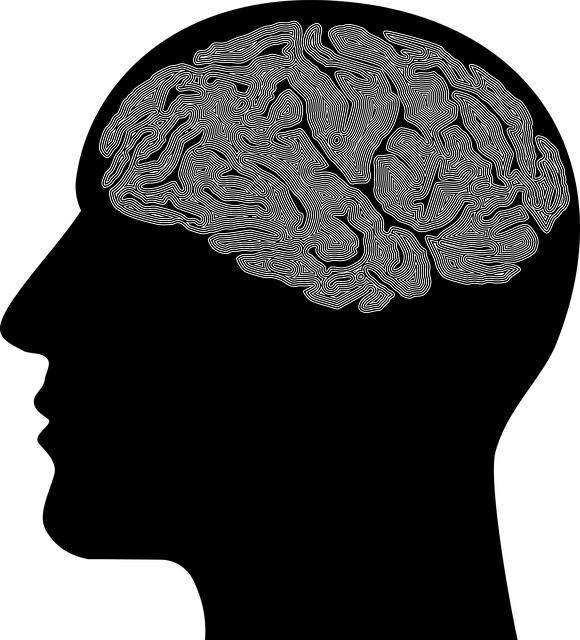Lone Tree Couples Communication Issues Therapy leverages holistic data analysis to improve relationship dynamics. By interpreting complex narratives within statistics, therapists identify personal challenges and broader trends. This involves considering social factors, coping mechanisms, and community outreach programs. Through detailed examination of discourse patterns and recurring themes, therapists enhance cultural sensitivity and tailor therapy for each couple. Analyzing session data optimizes treatment effectiveness, enabling personalized plans based on unique needs and triggers identified in client data. This digital age approach empowers couples with improved communication skills for a more harmonious home life.
Mental health data analysis is a powerful tool for understanding complex human experiences, particularly within the context of relationships. This article explores how data can reveal insights into crucial aspects like Lone Tree Couples Communication Issues and therapy outcomes. We delve into the initial steps of deciphering mental health data, highlighting case studies focused on identifying patterns in couples’ communication challenges. By interpreting these trends, professionals can make informed decisions to enhance therapy effectiveness and ultimately improve client well-being. Through data-driven insights, we aim to revolutionize support for Lone Tree Couples Communication Issues and therapy outcomes.
- Understanding Mental Health Data: The First Steps
- Identifying Patterns and Trends in Lone Tree Couples' Communication Issues
- Interpreting Therapy Outcomes and Making Informed Decisions
- Enhancing Communication Through Data-Driven Insights
Understanding Mental Health Data: The First Steps

Understanding Mental Health Data is akin to deciphering a complex tapestry woven with intricate threads of human experiences and emotions. The first step in this process involves recognizing that mental health data isn’t merely numbers; it’s a reflection of real-life stories, challenges, and triumphs. For instance, consider the unique scenario of Lone Tree Couples facing communication issues. Their struggles might reveal patterns of miscommunication or underlying emotional barriers that can be addressed through therapy. This initial phase requires careful listening, both to individuals’ narratives and to the broader trends within the data, to identify common themes and areas of concern.
The process must also account for context—social, cultural, and environmental factors—that influence mental health outcomes. Incorporating concepts like positive thinking, as a coping mechanism, or examining the impact of community outreach program implementations can provide deeper insights. Moreover, understanding burnout prevention strategies for healthcare providers is crucial when analyzing data from these fronts, ensuring that both patients and caregivers are supported holistically.
Identifying Patterns and Trends in Lone Tree Couples' Communication Issues

In the realm of mental health data analysis, examining Lone Tree couples’ communication issues through therapy offers valuable insights into relationship dynamics. By meticulously interpreting patterns and trends within their discourse, therapists can uncover underlying challenges and facilitate positive change. This process involves a deep dive into the verbal and non-verbal cues exchanged during sessions, allowing for a nuanced understanding of each partner’s perspective. Over time, recurring themes emerge, revealing communication styles, conflict resolution mechanisms, and potential cultural influences that shape these couples’ interactions.
Cultural sensitivity in mental healthcare practice plays a pivotal role in this context. Recognizing the impact of diverse backgrounds on communication patterns, therapists can tailor self-awareness exercises to promote deeper understanding and empathy between partners. Moreover, integrating self-care practices into therapy encourages both individuals to foster personal growth, improve emotional regulation, and enhance their ability to connect effectively. Through these strategies, Lone Tree couples can navigate their communication issues with increased awareness, ultimately strengthening the therapeutic process and their relationships.
Interpreting Therapy Outcomes and Making Informed Decisions

Interpreting therapy outcomes is a critical step in understanding the effectiveness of treatment and making informed decisions for future sessions. By analyzing data from Lone Tree Couples Communication Issues Therapy, therapists can gain valuable insights into what strategies are working well and where improvements might be needed. This process involves meticulously reviewing session notes, measuring progress against specific goals, and identifying patterns or trends in client responses. Such analysis enables practitioners to adapt their approaches, enhancing the potential for a confidence-boosting experience for clients.
For instance, tracking changes in mental wellness metrics over time can help therapists decide whether to adjust therapy techniques or introduce new strategies. The data might reveal that a particular intervention significantly improves communication skills but has little impact on emotional regulation. Armed with this knowledge, therapists can then tailor their programs more precisely, focusing on community outreach program implementations that address specific unmet needs within the couple’s relationship dynamics.
Enhancing Communication Through Data-Driven Insights

In today’s digital era, mental health data analysis offers a powerful tool for enhancing communication and improving therapy outcomes, especially for couples facing communication issues in Lone Tree. By interpreting trends and patterns within collected data, therapists can gain valuable insights into clients’ behaviors, emotions, and interactions. This data-driven approach allows for more personalized and effective treatment plans, addressing specific challenges unique to each couple.
For instance, Mental Wellness Coaching Programs Development can leverage data analysis to identify triggers for anxiety or conflict, enabling therapists to design tailored strategies during Therapy sessions. Mental Health Education Programs Design that incorporates these insights can empower couples with better communication skills, fostering a more supportive and understanding environment at home. This not only enhances overall mental wellness but also promotes positive changes in their relationships.
Mental health data analysis offers a powerful tool for understanding complex issues like communication problems among Lone Tree couples. By examining patterns and trends, therapists can gain valuable insights into therapy outcomes and tailor interventions accordingly. This data-driven approach not only enhances the effectiveness of treatment but also empowers professionals to make informed decisions, ultimately fostering better mental well-being for individuals and relationships in the Lone Tree community.











